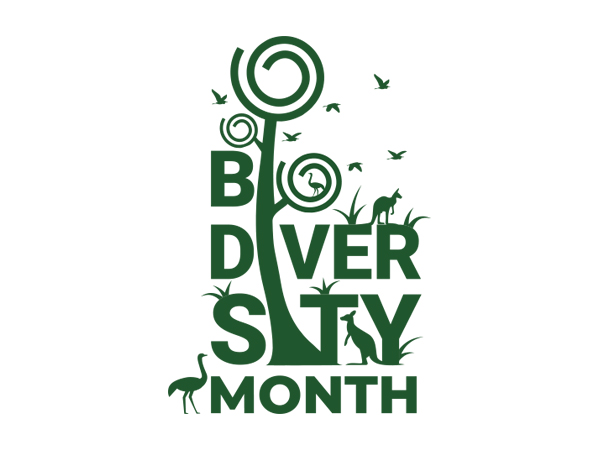National Biodiversity Month
Michael Cooper
DateAugust 2022

In Australia, National Biodiversity Month is held in September each year with the specific aim of promoting the importance of protecting, conserving, and improving biodiversity both within Australia and throughout the world.
When we use the term biodiversity, we don’t just mean birds, plants, and animals – biodiversity is defined as the relationship between each of these to create a productive and healthy ecosystem for the planet as a whole.
Here at Carbon Neutral we are incredibly proud to operate the Yarra Yarra Biodiversity Corridor which we proudly promote as Australia’s largest biodiversity, reforestation, carbon sink. It is true to say that some of the country’s large emitter organisations operate larger-scale projects, however none of these can lay claim to being truly biodiverse, as it is often the case that plantings are what are known as mono-culture. Mono-culture is a term for the planting of single or limited types of species of trees and shrubs, which are ultimately less beneficial to the flora and fauna in that region.
A global biodiversity hotspot
The southwest of Western Australia is one of only 35 biodiversity hotspots across the globe. Biodiversity “hotspots” are the richest and most threatened habitats of plants and animal species on the planet. This means that we have a remarkable diversity of species, but they are under threat, which makes our collective conservation efforts even more important.
The World Conservation Monitoring Centre of the UN’s Environment Program recognises a total of 17 country’s that can be described as ‘megadiverse’; these being Australia, Brazil, China, Colombia, Ecuador, the United States, Philippines, India, Indonesia, Madagascar, Malaysia, Mexico, Papua New Guinea, Peru, Democratic Republic of Congo, South Africa and Venezuela. As Australia is one of the richest and most developed nations on this list, it is essential that our government and citizens conserve our native species and maintain and enrich biodiversity wherever possible.
The biodiversity in Australia, and in particular in its southwest corner, is a result of an ancient landscape with centuries of a consistently balanced climate. This part of the continent hasn’t seen ice glaciers for over 200 million years, and this has resulted in the evolution of a myriad of species to evolve unencumbered by the major extinction events witnessed elsewhere on the planet. In short, West Australia’s flora and fauna has been able to independently evolve unlike anywhere else in the world.
This part of Western Australia is comparable in size to England; however England has a mere 1,500 species of vascular plants (all plants except ferns and mosses), with 47 of them found unique to the country. By comparison, southwest Australia is home to over 7,200 such species, over half of which are found nowhere else in the world.
70% of Australia’s 207 mammal species live in Western Australia, with 25 of these found nowhere else on the planet. As well as our furry friends, over 500 species of reptile, 1,600 types of fish, approximately 13,000 species of plants as well as hundreds of thousands of invertebrates have been identified in W.A.
Why is biodiversity vitally important?
People rely upon biodiversity for food and their physical and mental health. It is imperative in the cultivation of the food we eat, is required to produce countless medicines, and is needed as the raw materials in the production of many essential industrial commodities. Biodiversity is also the basis for Australia’s tourism sector and provides us with clean drinking water.
By definition, biodiversity comprises every living thing and the environment in which they live. From single cell organisms to you and I and everything in between. Biodiversity is the raw material used in the web of life on the planet Earth.
At Carbon Neutral, our projects create habitats for these native animals and help protect the biodiversity within the region. Many of the threatened and endangered species like Malleefowl, Carnaby’s Black Cockatoo, and the Western Spiny-tailed Skink rely on projects like ours to avoid extinction.
Our work creates green corridors that connect crucial habitats. Our restoration design helps link together existing bush with our new plantings and nature reserves.
Furthermore, over 90% of the original vegetation in our project area has been historically cleared. It is our mission to restore these ecosystems and allow them to prosper as they did prior to human intervention over the past century.
We encourage everyone to do what they can to help protect the environment and allow biodiversity to prosper. One of the simplest way to do this is to support one of our many projects, where your contributions will go directly to protecting and improving biodiversity.
Share This